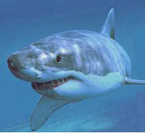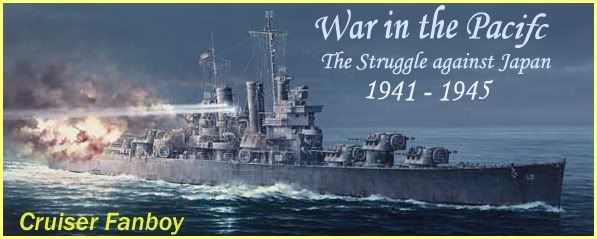wdolson
Posts: 10398
Joined: 6/28/2006
From: Near Portland, OR
Status: offline

|
The French had some of the worst aesthetics when it came to bomber design. Most just look wrong.
While the Do-17Z was not the most effective bomber in the Luftwaffe (mostly due to its limited bomb load), it has a graceful look to it. Some of the early Do-17s had liquid cooled engines with odd radiator arangements that made them look very weird.
By the early part of World War II, the Germans had perfected a technique of combining the radiator and engine in one package which was both efficient and better looking than previous installations. Some planes like the Stuka and Me-109 continued to have a radiator that was a separate shape from the engine, but multi engine bombers with liquid cooled engines had the two combined, such as with the Junkers powered Ju-88s and the Fw-190D (and Ta-152H). That arrangement is more pleasing to the eye than the ungainly bulges on some planes.
Throughout the 1930s in many countries, bmbers and fighters were leap frogging one another in speed. When the Blenheim was introduced, it was faster than any fighter in the RAF, but by the dawn of World War II, it was obsolescent. The British kept using them because they didn't have anything better.
If you look at most bombers produced in the 1920s, most were just as ugly and ungainly as some of those French bombers. Aerodynamic sleekness hadn't caught on yet. As speed became more important, making the airframe clean (low drag) also became important and aesthetics improved as a side effect. The French and Italians (as well as a number of minr powers) trailed the rest of the pack in aircraft design and thus their air forces were still operating planes beaten with the ugly stick when the war began.
The British, Germans, Japanese, and to a large degree Americans had all been on the aerodynamic design kick for a bit at the beginning of the war. In the US, this was fueled by the civilian market more than the military one. Douglas and Boeing's rivalry had advanced airliner development dramatically in the decade of the 30s. In 1929, the state of the art was the Boeing Model 80, which was a fabric covered biplane. In only a couple of years the world had the Boeing Model 247 followed shortly after by the Douglas DC-2 and the infamous DC-3. Even more advanced airliners were introduced in the late 1930s.
Bill
_____________________________
WitP AE - Test team lead, programmer  |
 Printable Version
Printable Version







 Low Blow AU Tiger!!
Low Blow AU Tiger!!


























 The Rose and Crown, a forum for British Gentlemen
The Rose and Crown, a forum for British Gentlemen






 New Messages
New Messages No New Messages
No New Messages Hot Topic w/ New Messages
Hot Topic w/ New Messages Hot Topic w/o New Messages
Hot Topic w/o New Messages Locked w/ New Messages
Locked w/ New Messages Locked w/o New Messages
Locked w/o New Messages Post New Thread
Post New Thread